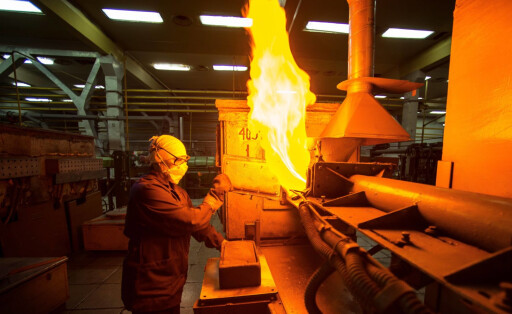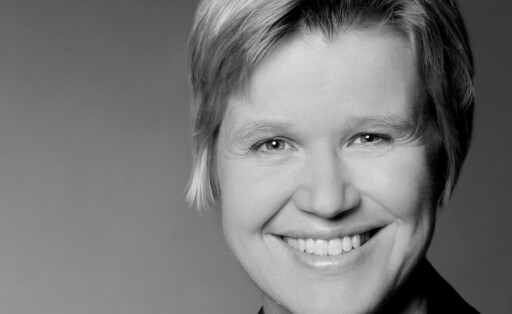
Unabhängiger von Rohstoffen dank Recycling
Strategische Zukäufe und eine hohe Fertigungstiefe erlauben dem Unternehmen Ceratizit eine Sekundärrohstoffquote, die in der Branche kaum ein anderer erzielt. Das ist nicht nur nachhaltig, sondern macht den Hersteller von Präzisionswerkzeugen auch unabhängig vom Rohstoffmarkt.
Von Table.Briefings



